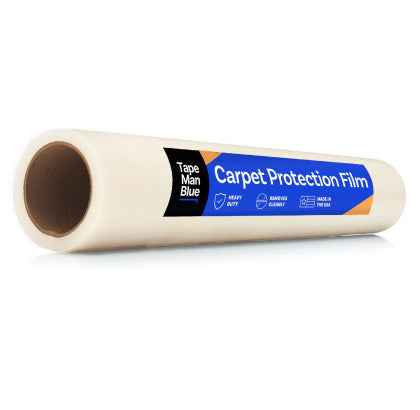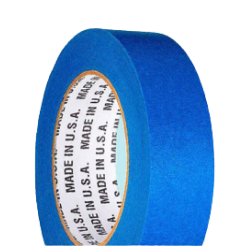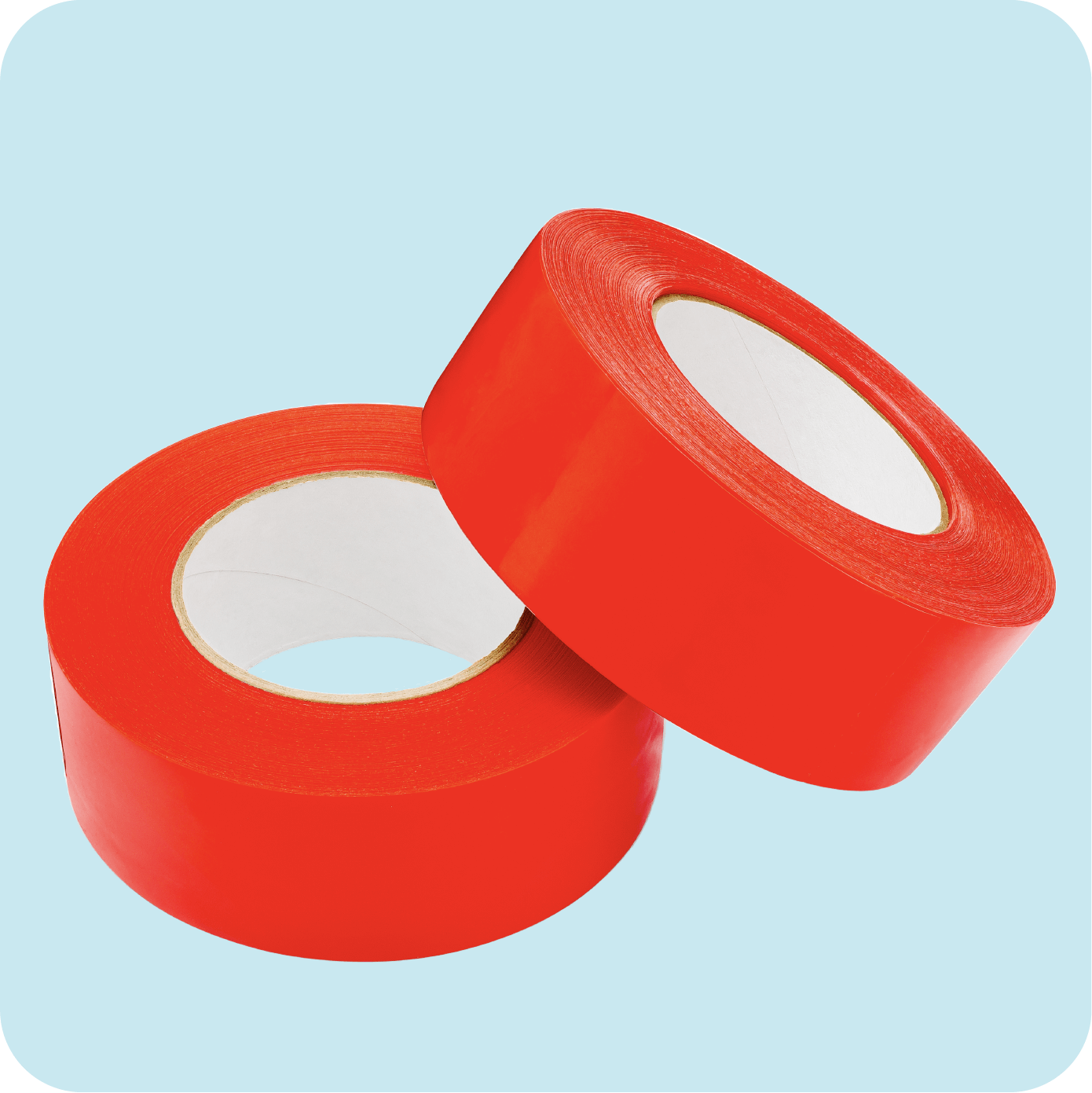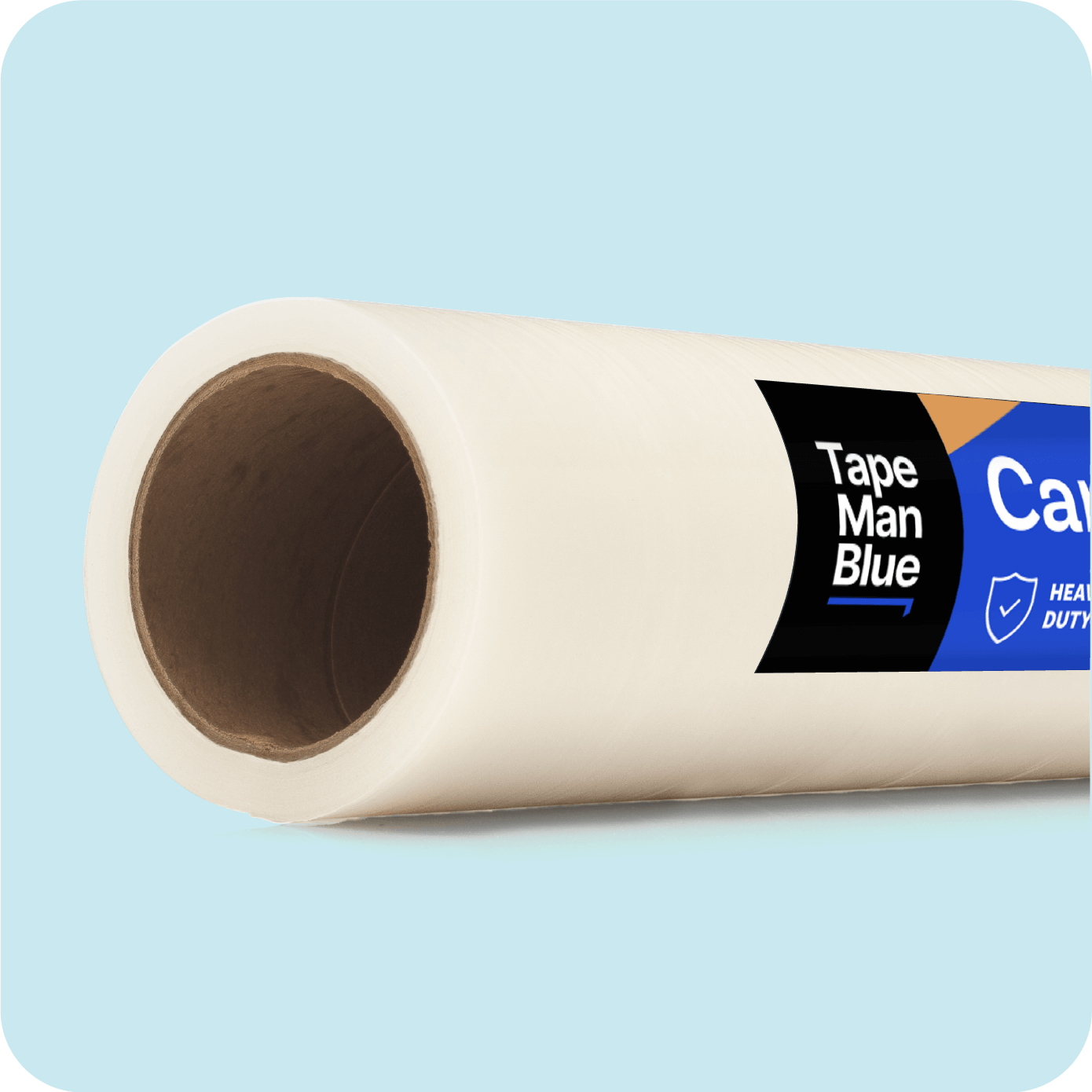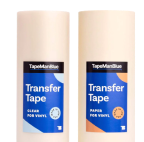The Importance of Spec Sheets
When you are comparing and contrasting different adhesive products to find one that best matches your needs, technical data sheets are a great place to start! While product marketing is designed to sway your opinion on why you should purchase something, the technical data sheets are unbiased and accurate; you can trust the information that’s on them.
While these spec sheets may provide extremely valuable information, many consumers avoid reviewing them because they appear too technical to understand and too dense to sift through. However, this data is invaluable. Learning how to read a technical data sheet is a great first step towards purchasing adhesive products and supplies that you can trust.
View Technical Data Sheets Here!
What You Will See on a Tech Sheet
All spec sheets vary, but there are several core evaluations that are going to be displayed on the sheets. Here are some of the most common properties that will show up on the technical data sheets of adhesive products.
Tack
One of the most important properties of adhesive products is their tack. Tack is a measure of how quickly an adhesive product is able to form bonds with the surface it is stuck to. A good way to get an initial idea of a tape’s tack is simply by touching it with your thumb; however much the tape sticks immediately is due to the tackiness of the tape. There are 4 ways that tack is tested- loop tack, rolling ball tack, probe tack, and quick stick. Essentially, the tackier the tape, the quicker it will stick to a surface.
Peel Adhesion
Peel adhesion is the measure of how much force it takes to remove a tape from a surface. In order to measure this, tape is applied to a steel plate and then peeled off at a 90-degree angle pull and a 180-degree pull. While this test provides a good idea of what the initial stickiness of tape will be, it does not tell the whole story because tapes usually stick better after a few minutes and they are rarely stuck to a surface as smooth as steel. The higher the peel adhesion, the more force it takes for the tape to be removed.
Shear Resistance
Adhesive products are also often tested for their shear strength. This is a measure of how strong the tape is at remaining bonded under a constant application of weight. High shear resistance can be a helpful property for adhesive products in case they are introduced to a sudden load. The higher the shear strength, the less slippage or creeping will occur when tape is holding two things together.
Cohesion
The cohesion of a tape is the property that determines how well the adhesive is attached internally to the tape. If the tape leaves behind sticky adhesive marks when it is peeled away, that means that it has low cohesion. Alternatively, if the tape is peeled away and leaves behind no patches of adhesive, then that tape has a high internal cohesion.
Tensile Strength
The tensile strength of a tape is the measure of how much weight or force it would take for the tape to break. This is evaluated by applying more and more pressure to opposite ends of a one-inch piece of tape until it breaks. This is an important statistic if you are looking to use the tape to bind two things together.
Elongation
Elongation goes hand in hand with tensile strength; it is the measure of how far a one-inch piece of tape can stretch before it breaks. The more the tape is able to elongate, the more flexibility and conformability it will possess when it is put under stress.
Thickness
A tape’s thickness is pretty straight-forward; it is the distance measured between the two sides of the tape. Thicker tapes will generally be stronger, but they may also be cumbersome if they’re too thick. Therefore a nice medium thickness is typically optimal.
Alternate Entries
While these properties are some of the most common ones that will be found on a spec sheet, every spec sheet is different. It is very possible that there will be other measurements listed. If that is the case, doing some quick research is better than simply ignoring the information simply because you don’t know what it means.
What to Do with the Numbers
Once you understand what all the numbers mean, the next step is comparing and contrasting the tech sheets between different products that you are considering purchasing. Since the technical sheets will differ from product to product, try to hone in on certain measurements that are important to you for the job you will be working on. Once you find the product that fits your needs at a price that you can agree with, you can be much more confident in your purchase.
Being able to understand the information on technical data sheets allows you to see through product marketing so that you can be assured about the true quality of the product. Educating yourself on the more technical aspects of the supplies you are purchasing can save you from the headache of faulty, low-quality materials.

